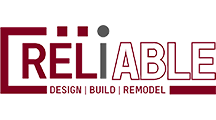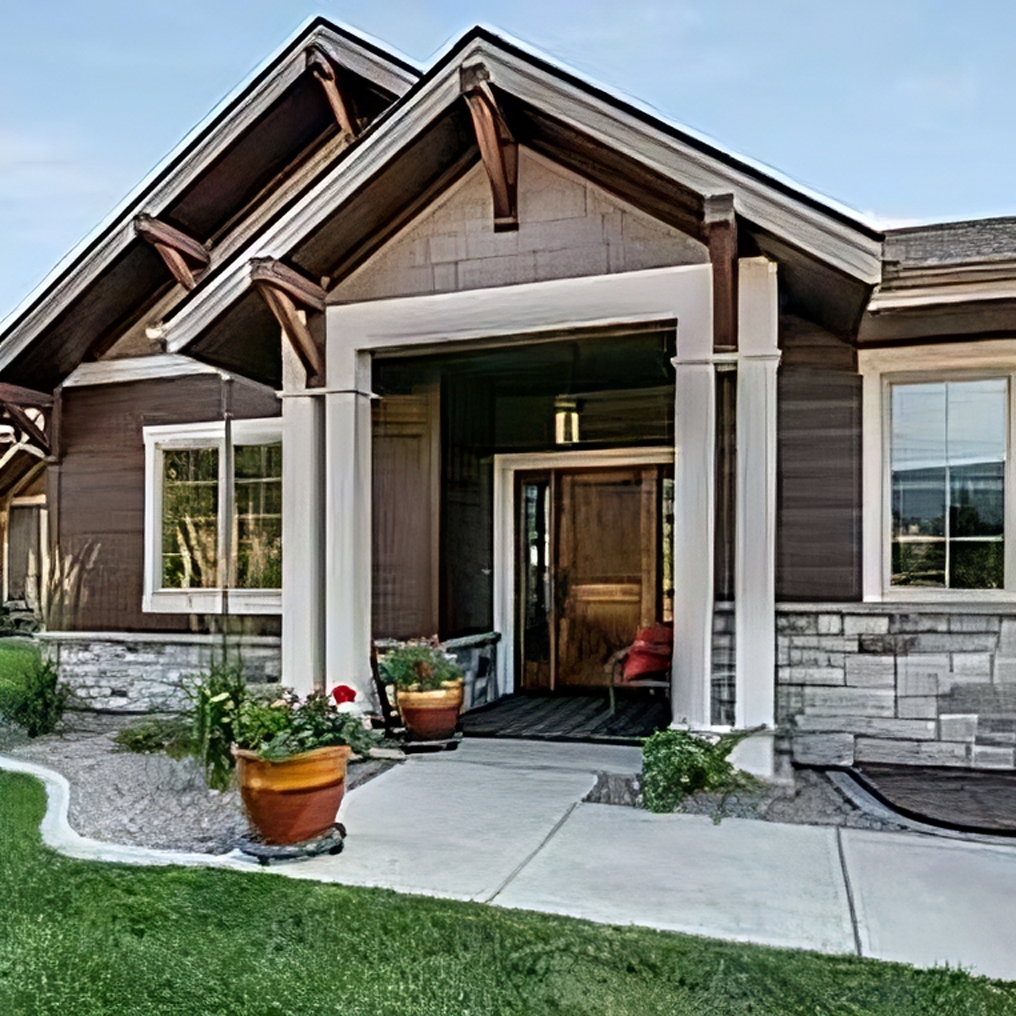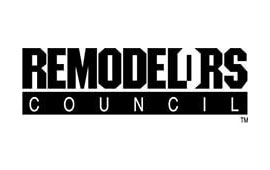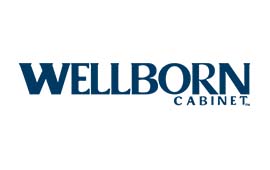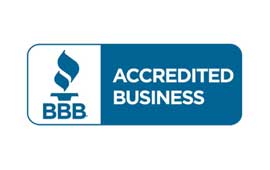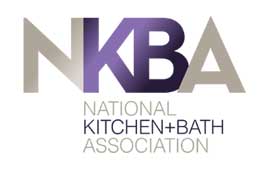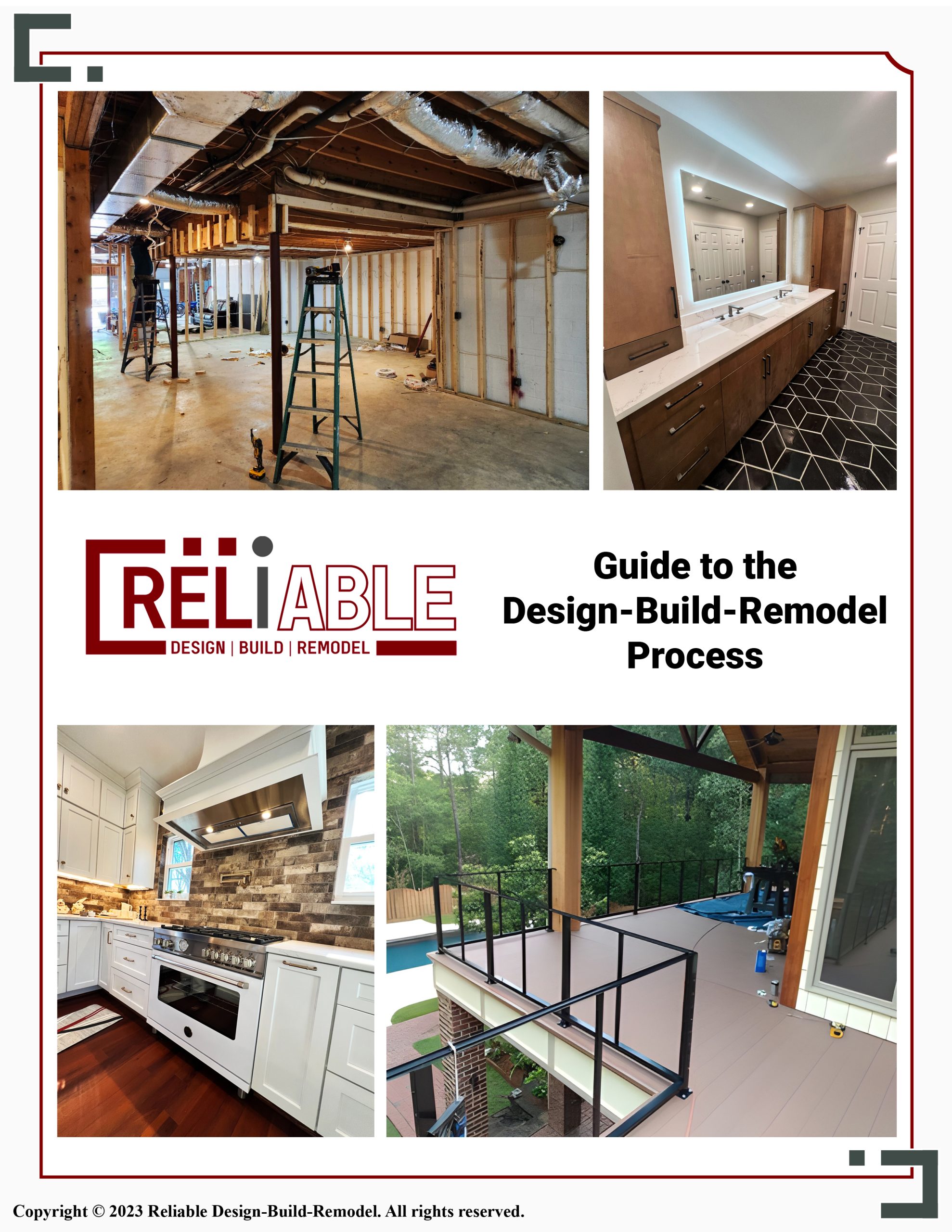As a reputable general contractor and remodeling company serving Birmingham, AL, Reliable Design-Build-Remodel understands the importance of optimizing every part of your home, including the often overlooked attic space. One key aspect of attic optimization is insulation. In this guide, we’ll address common questions homeowners have about attic insulation to help you make informed decisions about this essential aspect of home improvement.
What type of insulation is best for attic?

When it comes to choosing attic insulation for your Birmingham, AL home, several factors come into play, including budget, climate, and personal preferences. However, one of the most commonly recommended types of insulation for attics is fiberglass insulation. Fiberglass insulation is affordable, easy to install, and provides excellent thermal resistance, making it ideal for attics in both warm and cold climates.
Another popular option is cellulose insulation, which is made from recycled paper treated with fire-retardant chemicals. Cellulose insulation is eco-friendly, offers good thermal performance, and can be blown or installed as batts, making it versatile for different attic configurations.
Spray foam insulation is another option worth considering, especially for homeowners looking for superior air sealing and moisture resistance. While spray foam insulation tends to be more expensive upfront, it offers excellent energy efficiency benefits and can help reduce heating and cooling costs over time.
Ultimately, the best type of insulation for your attic depends on your specific needs and budget. Consulting with a professional contractor can help you determine the most suitable option for your home.
How many inches of insulation should be in your attic?
The recommended amount of insulation for attics varies depending on factors such as climate and the type of insulation used. In general, however, the Department of Energy recommends attic insulation levels between R-38 and R-60 for most homes in the United States.
To achieve these recommended insulation levels, you’ll need to ensure that your attic has the appropriate thickness of insulation. This typically translates to around 10 to 14 inches of fiberglass or cellulose insulation, or a corresponding depth for other types of insulation. Your mileage may vary.
Keep in mind that proper installation is crucial for maximizing the effectiveness of attic insulation. Insulation that is compressed or unevenly distributed will not provide optimal thermal performance. Working with an experienced contractor can help ensure that your attic insulation is installed correctly and evenly distributed for maximum efficiency.
Which is better attic insulation blown or rolled?
Both blown-in and rolled insulation have their advantages and disadvantages, so determining which is better for your attic depends on various factors, including your budget, the layout of your attic, and personal preferences.
Blown-in insulation is typically made of fiberglass or cellulose and is installed using a blowing machine. One of the main advantages of blown-in insulation is its ability to fill gaps and irregularly shaped spaces more effectively than rolled insulation. This makes it ideal for attics with obstructions such as pipes, ductwork, and wiring.
On the other hand, rolled insulation comes in pre-cut rolls or blankets and is installed by rolling out the material between attic joists or over attic floors. Rolled insulation is relatively easy to install and is well-suited for attics with open, uniform spaces. Rolled insulation has an R-value of 3.7. So overall, rolled insulation is better at retaining and blocking heat than blown insulation.
Ultimately though, the choice between blown-in and rolled insulation depends on your specific attic configuration and insulation goals. Consulting with a professional contractor can help you determine the best option for your home.
Is it worth adding more insulation to my attic?

Adding more insulation to your attic can be a worthwhile investment, especially if your current insulation levels are below recommended standards or if you’re experiencing high energy bills and comfort issues.
Increasing attic insulation can help improve energy efficiency, reduce heating and cooling costs, and enhance overall comfort levels in your home. Additionally, upgrading attic insulation can contribute to better indoor air quality by reducing drafts and air leakage, which can lead to moisture issues and indoor pollutants.
Before adding more attic insulation, it’s essential to assess your current insulation levels and consult with a professional contractor to determine the most appropriate course of action. A qualified contractor can help you identify areas of improvement and recommend the best insulation solutions for your specific needs and budget.
Where should you not put insulation in the attic?

While attic insulation for your Birmingham, AL home is essential for optimizing energy efficiency and comfort, there are certain areas where insulation should not be placed. One critical area to avoid insulating is around recessed lighting fixtures (also known as can lights) unless they are specifically rated for insulation contact (IC). Insulating around non-IC-rated recessed lights, or anything that emits heat in general, can create a fire hazard by trapping heat and causing the fixtures to overheat.
Similarly, it’s important to avoid blocking attic vents, such as soffit vents, ridge vents, and gable vents, with insulation. Attic ventilation is crucial for preventing moisture buildup and maintaining proper airflow, so blocking vents with insulation can lead to moisture issues and compromise the effectiveness of your attic ventilation system.
Additionally, it’s essential to maintain proper clearance around attic access points, such as attic hatches or pull-down stairs, to ensure safe and easy access while preventing damage to insulation.
Consulting with a professional contractor is the best way to ensure that insulation is installed correctly and in the appropriate areas of your attic to maximize energy efficiency and safety.
Can I insulate my attic myself?
While DIY attic insulation is technically possible, it’s often best left to the professionals, especially for larger or more complex projects. Proper attic insulation installation requires careful planning, knowledge of building codes and safety regulations, and specialized equipment and techniques. Attempting to insulate your attic yourself without the necessary expertise can lead to costly mistakes, such as inadequate insulation coverage, improper installation, or safety hazards. Additionally, DIY insulation projects may not qualify for rebates or incentives available for professionally installed insulation.
There are benefits to DIY attic insulation, especially if you utilize easier to install rolled or batt insulation, which does not require the specialized equipment of spray insulation, and can save homeowners on labor costs.

Attic insulation in your Birmingham, AL area home plays a crucial role in optimizing energy efficiency, comfort, and indoor air quality. By understanding the different types of insulation available, the recommended insulation levels, and the importance of proper installation, you can make informed decisions about insulating your attic to achieve maximum benefits for your home and family.
Reliable Design-Build-Remodel is a full service general construction firm and remodeling contractor operating in the Birmingham metro and Jefferson and Shelby County areas and surrounding communities, including Birmingham, Helena, Chelsea, Mountain Brook, Hoover, Homewood, Montevallo, Alabaster, Vestavia Hills, and Pelham, with over 30 years of servicing our valued clients. Offering full service suite of general remodeling, design and build services. Our specialties include bathroom remodeling, kitchen remodeling, exterior renovations, interior renovations, painting, and more!
Visit us at reliablerem.com, and like and follow us on Facebook and Instagram!
